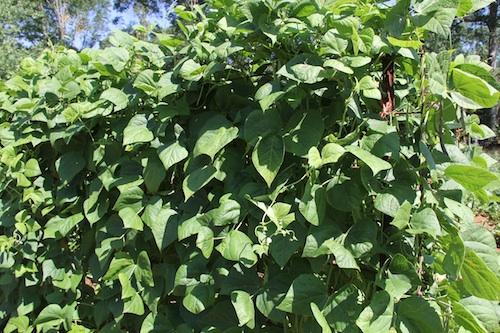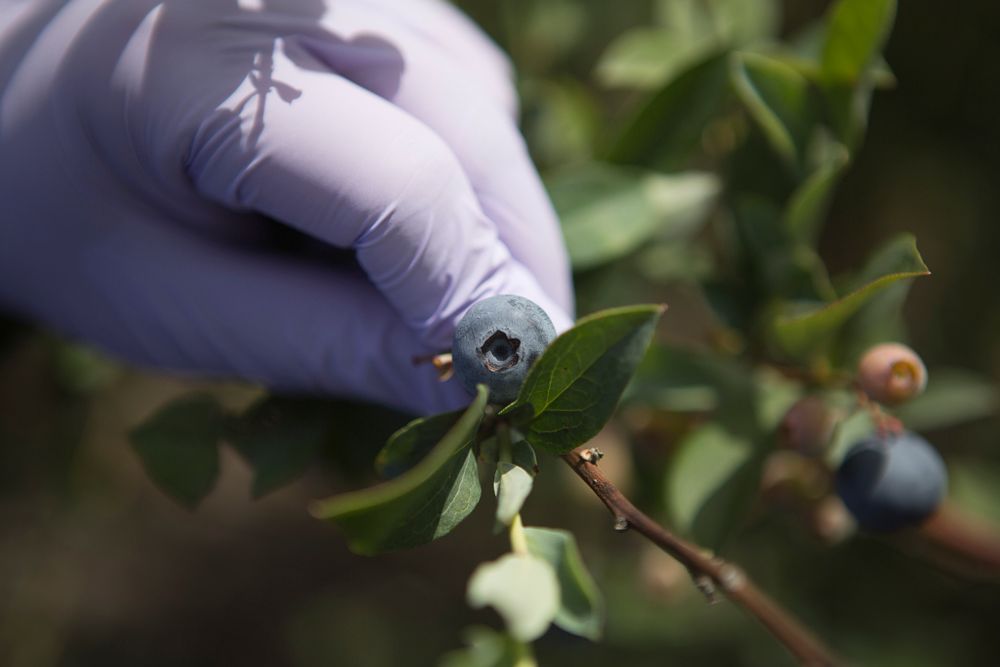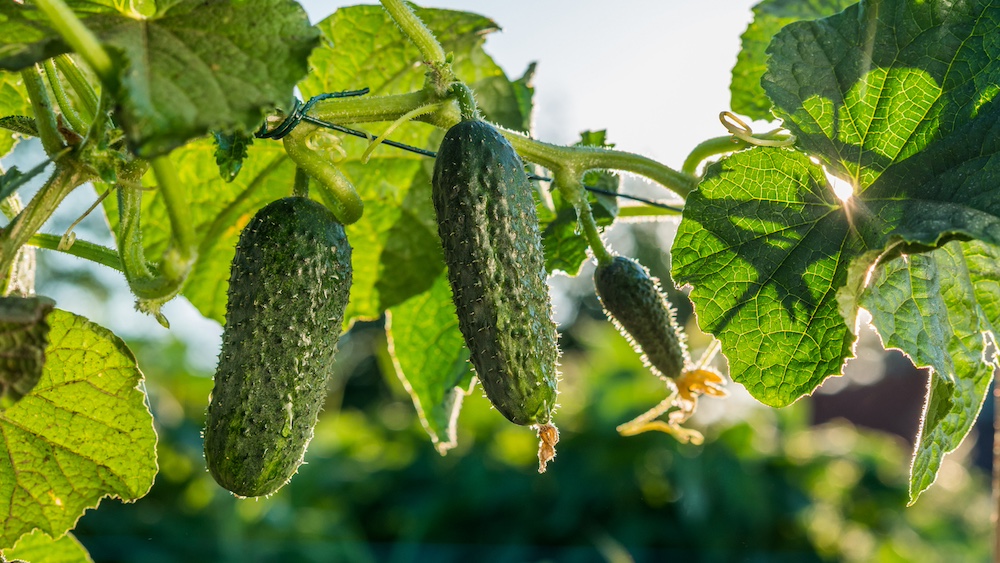Often people with limited or no acreage forgo planting a vegetable garden. This need not be the case, since many vegetable varieties can be planted in small spaces. Using proper cultural practices can also reduce the amount of space you need to grow your own vegetables.
Tomatoes top of the list of Southerners’ favorite fruits, even though they are often referred to as vegetables. Many people think they need a lot of space to grow tomatoes. Certain types of tomatoes don't need much space to grow. Often, size differences in tomato plants are distinguished by two terms: indeterminate and determinate.
Indeterminate tomatoes grow and set flowers and fruit throughout the growing season. Determinate tomatoes grow to a certain size before they produce flowers and fruit. Strongly determinate tomatoes are often called patio tomatoes because they can grow in a pot on a patio or terrace. Some of these varieties will only grow 1 to 2 feet tall.
Buy compact varieties
Watermelon and cantaloupe usually require a lot of space to grow. The vining nature of these plants will quickly cover precious garden real estate. Fortunately, both are available in "dwarf" varieties. These varieties require less room to grow so are perfect for small garden plots.
Often these dwarf varieties are called bush or short internode types. The vines of these varieties don’t elongate like typical watermelon or cantaloupe varieties. With proper care and water, they will produce fruit the same size as standard or long internode types in a smaller amount of space.
Beans and southern peas are also available in varieties that are bush types rather than vining types. They require less space and offer excellent yields.
Grow plants up, not over
When planting in a small space, another alternative for vining crops like cantaloupe and cucumber is to grow vertically. These vining crops can be trained on a trellis or wire frame. Use a cloth or net sling to support fruit on these plants. Cantaloupe, particularly, will slip from the vine when ripe and may be damaged if they are not supported while growing on a trellis.
Of course, many vegetables can grow in small spaces without resorting to planting special varieties or using special cultural practices. These include lettuce, mustard, onions, radish and spinach. Any leaf vegetables, such as collards and kale, can also be grown in small spaces. The immature leaves are harvested before the plants become very large.
For more tips on growing vegetable gardens in small spaces, call your local University of Georgia Cooperative Extension office at 1-800-ASK-UGA1.








